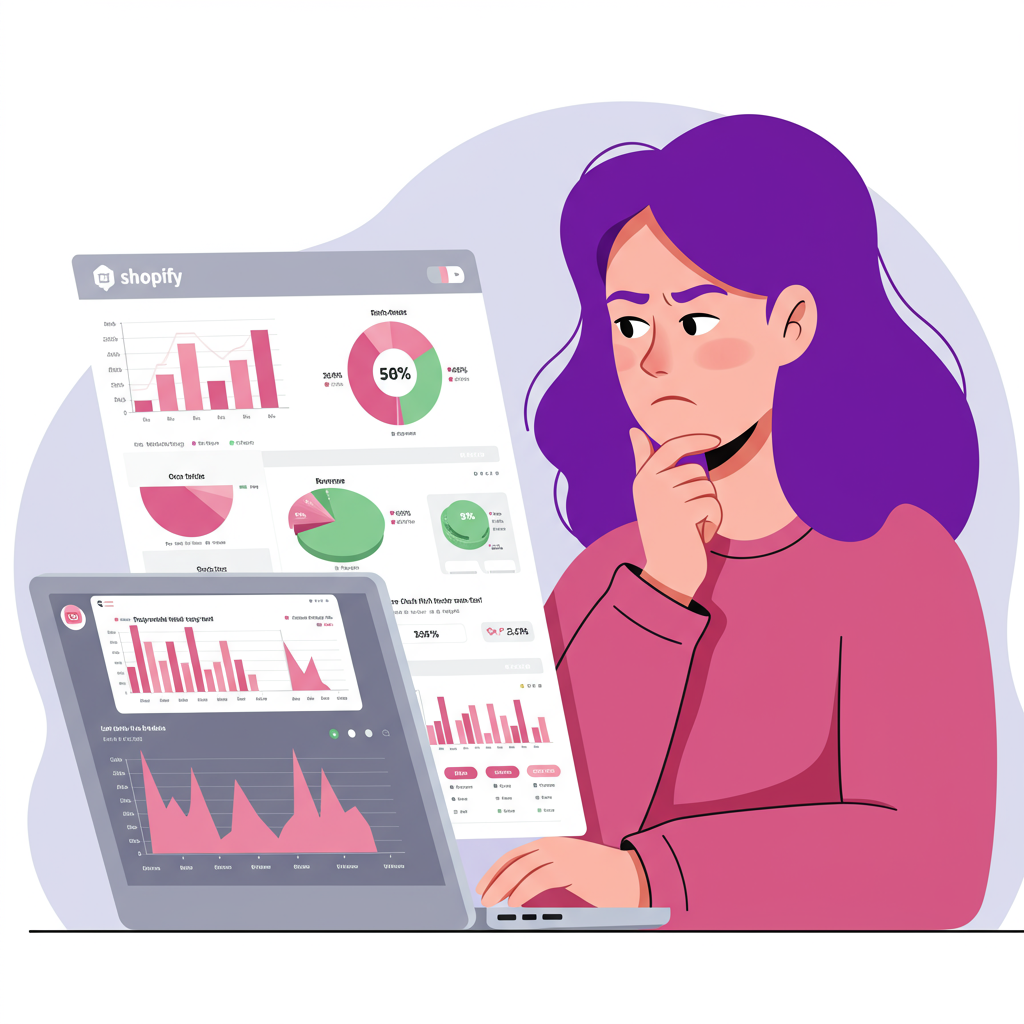Unlock profitability and growth by understanding the art and science of setting the right prices for your products.
Hello fellow Shopify merchants! I’m here today to talk about one of the most critical, yet often overlooked, aspects of running a successful online store: your pricing strategy.
It’s not just about picking a number; it’s about understanding your value, your costs, and your customers. A well-thought-out pricing strategy can significantly impact your profitability and brand perception.
Many of us, when starting out, might simply look at what competitors are charging or just add a small margin to our costs. While a starting point, this approach often leaves money on the table or, worse, undervalues our hard work.
My goal is to guide you through developing a robust pricing strategy that aligns with your business goals and resonates with your target audience. Let’s dive in.
First things first, we need to understand our costs. This is the absolute foundation. You can’t set a profitable price if you don’t know what it truly costs you to produce or acquire your product.
Think about your Cost of Goods Sold (COGS). This includes the direct costs attributable to the production of the goods sold by your company. For a physical product, it’s the raw materials, direct labor, and manufacturing overhead.
Beyond COGS, we also have operating expenses. These are the costs associated with running your business, such as marketing, shipping, Shopify subscription fees, app subscriptions, payment processing fees, and even your own salary.
I always recommend creating a detailed spreadsheet to track every single expense, both fixed and variable. Fixed costs remain constant regardless of sales volume (e.g., Shopify plan), while variable costs fluctuate with production (e.g., raw materials).
Once you have a clear picture of your costs, you can determine your break-even point. This tells you how many units you need to sell at a certain price to cover all your expenses. It’s a crucial benchmark.
Next, let’s talk about your competitors. It’s vital to research what similar products are selling for in your niche. This isn’t about copying, but about understanding market expectations and identifying opportunities.
Look at their pricing tiers, their discount strategies, and how they position their products. Are they premium, budget-friendly, or somewhere in between? How does your product compare in terms of quality, features, and brand?
Your unique selling proposition (USP) plays a huge role here. If your product offers superior quality, unique features, or exceptional customer service, you might justify a higher price point.
Now, let’s shift our focus to the customer. What do your customers perceive as valuable? What are they willing to pay for your product? This is where value-based pricing comes into play.
Value-based pricing means setting prices primarily on the perceived value or benefits to the customer, rather than on the cost of the product or historical prices. It’s about solving a problem or fulfilling a desire.
Consider conducting surveys, analyzing customer feedback, and observing purchasing behavior to gauge this perceived value. Sometimes, a higher price can even signal higher quality to a customer.
Let’s explore some common pricing strategies you can implement on Shopify. First, there’s Cost-Plus Pricing, where you add a fixed percentage markup to your total cost. It’s simple, but might not maximize profit.
Then we have Competitive Pricing, where you set your prices based on what your competitors are charging. This is useful in highly saturated markets but can lead to price wars if not carefully managed.
Penetration Pricing involves setting a low initial price to quickly gain market share. Once you’ve established a customer base, you can gradually increase prices. This works well for new products or brands.
Conversely, Price Skimming involves setting a high initial price for a new, innovative product to “skim” the maximum revenue from early adopters before lowering the price over time. Think of new tech gadgets.
Psychological Pricing is fascinating. This includes strategies like “charm pricing” (e.g., $9.99 instead of $10.00), which makes prices seem significantly lower. We often process $9.99 as “nine dollars” rather than “ten.”
Another psychological tactic is anchoring, where you present a higher-priced item first to make subsequent items seem more affordable. Or, offering a “compare at” price to highlight a discount.
Tiered Pricing and Bundling are excellent for increasing average order value. Tiered pricing offers different versions of a product or service at varying price points (e.g., basic, premium).
Bundling involves selling multiple products together as a package, often at a slightly reduced price than if bought individually. This can clear inventory and offer perceived value.
Don’t forget about promotions and discounts! While not a core pricing strategy, they are powerful tools. Use them strategically for holidays, loyalty programs, or to move slow-moving inventory.
However, be careful not to over-discount, as it can devalue your brand in the long run. Always calculate the impact of discounts on your profit margins before launching them.
Finally, remember that pricing is not a one-time decision. It’s an ongoing process of testing, analyzing, and optimizing. Use Shopify’s analytics, or integrate with third-party tools, to track sales data.
A/B test different price points or pricing strategies for specific products. See how a small change impacts conversion rates and overall revenue. The data will tell you what works best for *your* audience.
I truly hope these tips help you refine your Shopify pricing strategy. What do you think about this article? I’d love to hear your thoughts and if you found it helpful!
By continuously reviewing your costs, understanding your market, and listening to your customers, you’ll be well on your way to setting prices that drive both sales and sustainable profit. Good luck!






